Most anyone familiar with the history of horror will have at least a passing knowledge of Howard Phillips Lovecraft. The writer passed away at an early age, but left behind a corpus of work that has been inspiring (and haunting the dreams of) others for over 100 years. Central to much of Lovecraft’s work was the concept of a number of ancient deities, at best indifferent to humanity and at worst antagonistic to us. These forces were beyond humanity’s normal powers of understanding, and encounters with them typically resulted in insanity or death, if not both.
Cinematic history is filled with adaptations of Lovecraft’s works, with a wide range of budgets, impacts, and faithfulness to the source material. Lovecraft’s short story “The Colour Out of Space” was one of the writer’s own favorite works. Over the years it has seen a number of more-or-less direct adaptations, beginning in 1965 and running through the present day. Lovecraft was a major influence on Stephen King, whose Creepshow segment “The Lonesome Death of Jordy Verrill” plays like a minor variation on the themes of “Colour.”

[A] modern retelling of the classic Lovecraft story. Though it does update the setting and characters, it’s a close adaption of the source.
Many filmed adapations of HPL’s works have leaned into black humor, or have had their eldritch visions held back by budgets too small to realize the cosmic scale of it all. Stuart Gordon’s Dagon actively balanced a reverence for the source material while updating the tale to modern times. (As a curious aside, Color Out of Space director Richard Stanley has a small role in that film as one of the mutated residents of Imboca, the stand-in for Innsmouth.)
But all of this preamble is merely meant to provide some context and set the stage. When word started leaking out that director Richard Stanley was taking on an adaptation of Lovecraft, my interest was immediately piqued. Stanley is a singular talent, but he hadn’t tackled a narrative fiction feature in over two decades. The cast for the film was packed with talent. And SpectreVision has rapidly become a studio whose output regularly impressed. So what’s it all about, and does it succeed…?
Richard Stanley’s Color Out of Space is a modern retelling of the classic Lovecraft story. Though it does update the setting and characters, it’s a close adaption of the source. Nicolas Cage is Nathan Gardner. He lives on his family farm in the countryside surrounding Arkham, Massachusetts (the locale where many of Lovecraft’s tales take place). Gardner has moved from the big city, bringing along his wife Theresa (Joely Richardson), daughter Lavinia (Madeleine Arthur) and sons Benny (Brendan Meyer) and Jack (Julian Hilliard). Though secluded, the farm is filled with life—horses, alpacas, and the family dog Sam, not to mention the odd hermit Ezra (Tommy Chong).
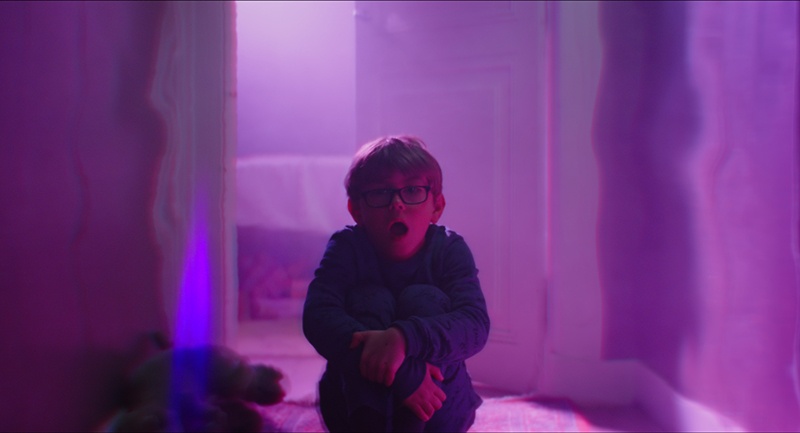
an unearthly purple pallor is cast over the land
The film opens on Lavinia, alone in the woods, conducting a magical ritual for the protection of her mother, who has been suffering from cancer. She’s soon interrupted by Ward Phillips (Elliott Knight), a hydrologist doing a study of the water table. Though she’s annoyed to have her work interrupted, she’s also clearly a bit taken by the stranger.
Night falls. Back on the farm, the Gardner family shares a dinner together. As they settle in for the evening, an unearthly purple pallor is cast over the land. A meteor falls out of the sky, crashing into the earth near the well that supplies the farm’s water. When a thunderstorm rolls in the following day, lightning repeatedly strikes the fallen object. The meteor soon disappears, but the family’s otherworldly problems have just begun.
The changes start small. Unexpected smells evoke memories of the past. Time dilates, and hours can’t be accounted for. Plants, then animals inexplicably mutate. The inhabitants’ grip on sanity begins to slip. Cage’s Nathan shows up on the local news first as a UFO witness, then as an amateur farmer and bourbon enthusiast.
The second half of the film leans fully into the cosmic elements of the story. Minds and bodies are twisted as the meteorite’s influence spreads throughout the land. The film’s climax goes full-tilt into body horror and uncanny psychedelia, and in almost all instances the effects fully support the story’s vision.
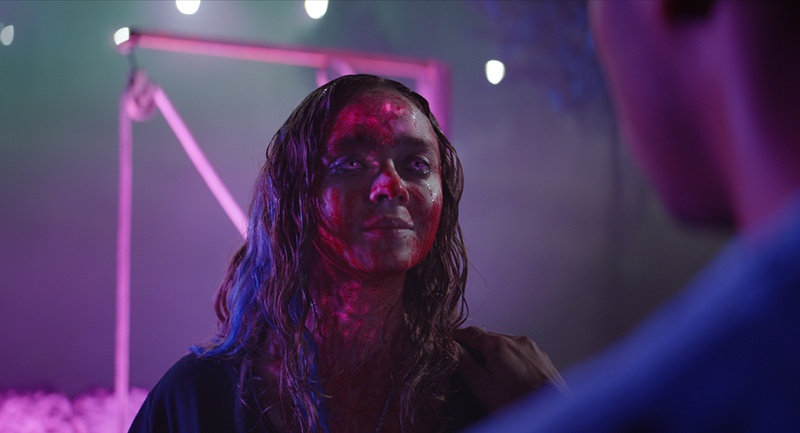
goes full-tilt into body horror and uncanny psychedelia
The one element that some viewers may find jarring is Cage’s performance. As the madness grips him, Cage’s performance is dialed all the way up. Moments may come across as unintentionally humorous—but if you were on board for Mandy, you should know what to expect here. The stories and characters are different, but Cage’s approach to the wilder moments is similar.
That one possible caveat aside, everything about Color Out of Space just worked for me. The setting (Portugal standing in for Massachusetts) is breathtaking. There are slow, meditative shots of the forest that immediately transport the viewer to this world. The cast works well together, even in the face of escalating insanity. Joely Richardson, Madeleine Arthur, and Julian Hilliard all are given particular moments to shine. The hallucinatory sequences and extradimensional vistas are possibly the best big-screen translation of Lovecraft we’ve yet seen. The body horror and violence hits hard. The fates of some of the characters are shocking and saddening. All this insanity is punctuated by another haunting score by Colin Stetson, who also scored Ari Aster’s Hereditary.
For fans of H.P. Lovecraft or weird fiction and cinema in general, Color Out of Space is a high water mark. Richard Stanley’s long overdue return to fiction features is worth the wait. Color Out of Space should be seen on the big screen at your earliest opportunity. The film further cements SpectreVision’s status as a studio worthy of commendation for its willingness to bet big on genre cinema. Highly recommended.
Color Out of Space opens in theaters January 24, 2020.
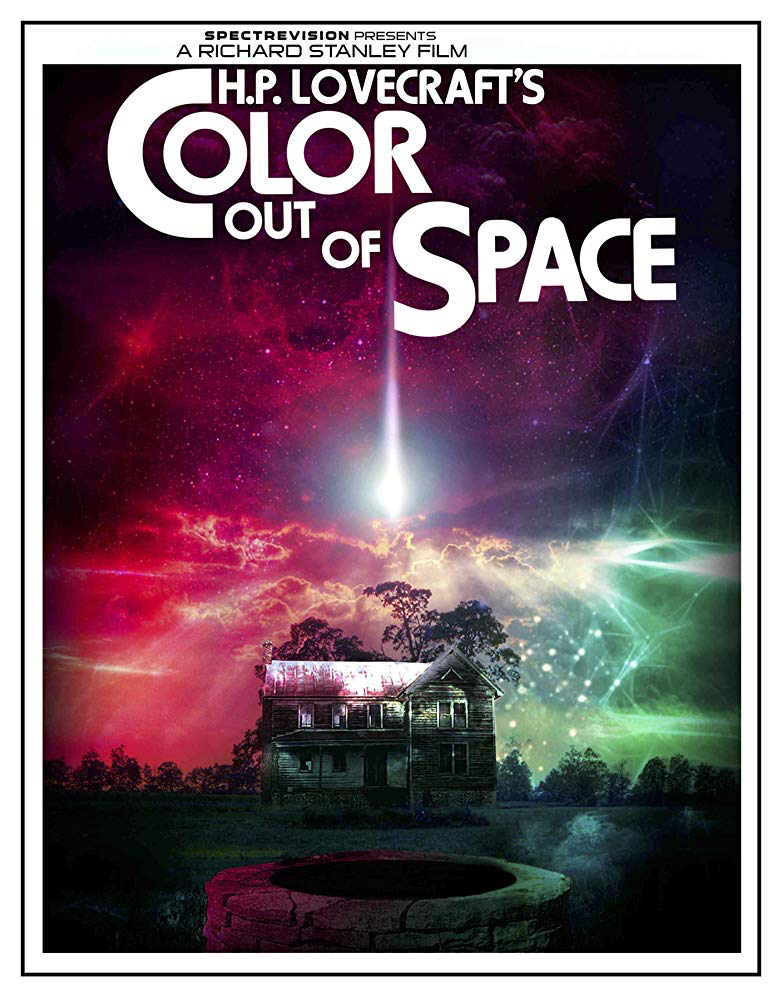
‘Color Out of Space’ Melts Minds with a Masterful Lovecraft Adaptation
Eldritch.
Color Out of Space marks a triumphant return for director Richard Stanley, and a high water mark for faithful cinematic adaptations of Lovecraft. Body horror, psychedelia, and cosmic terror combine to pack a potent punch.

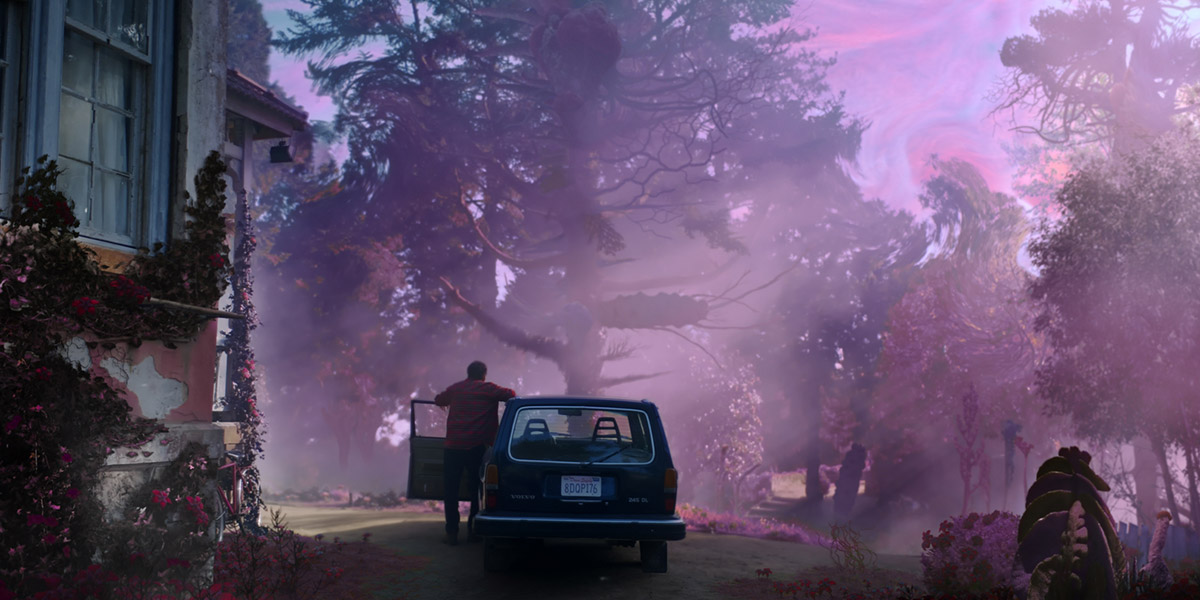
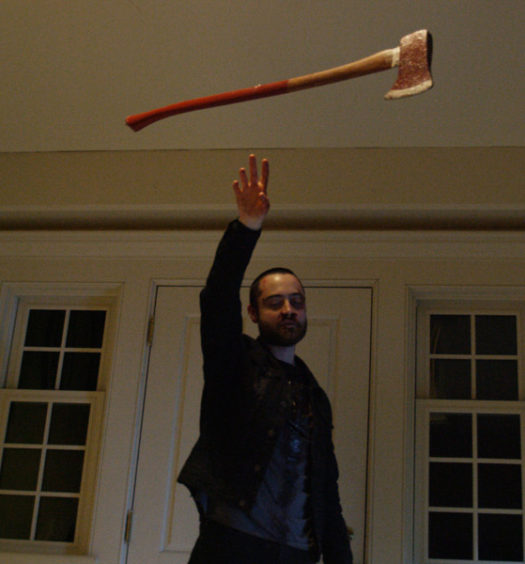
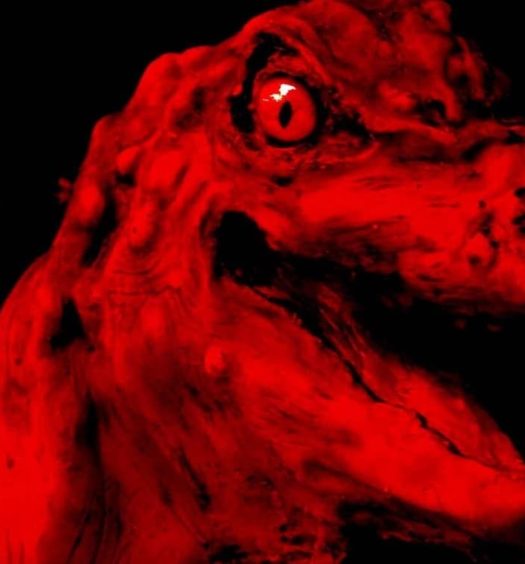




























January 9, 2020
[…] town is struck by a meteorite and the fallout is catastrophic. [Review] This modern-day retelling of a classic Lovecraft story updates the setting and characters, but […]